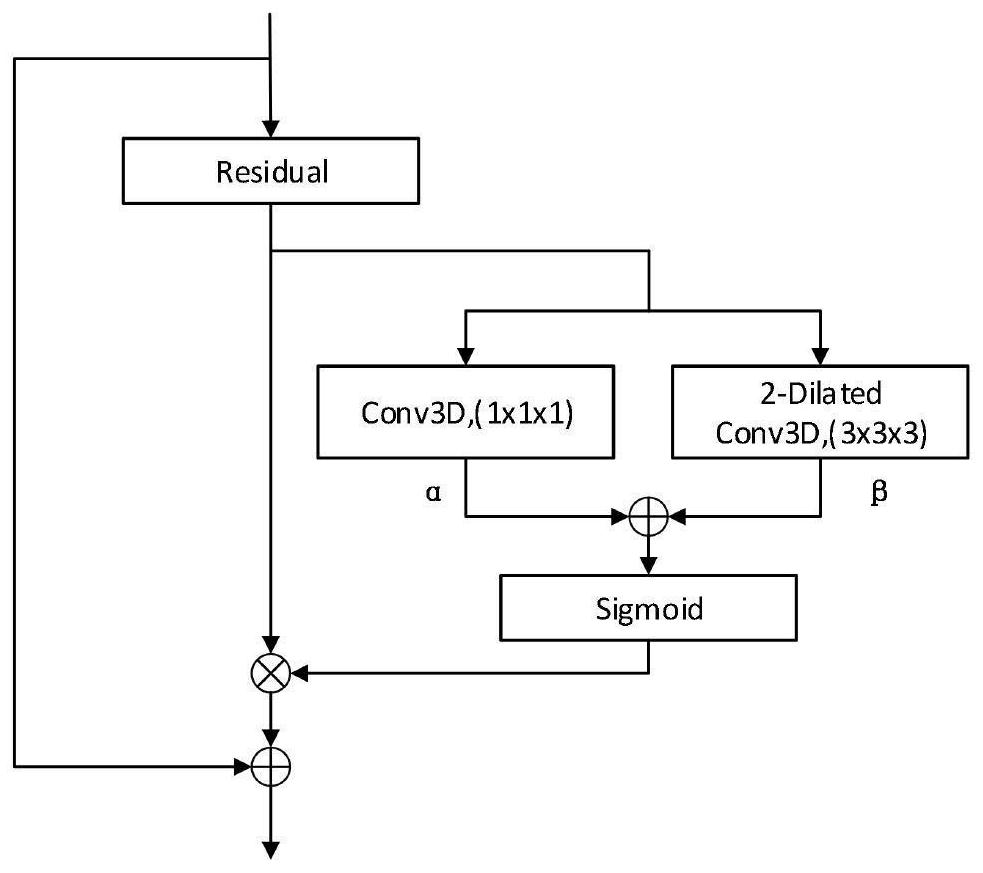Brain image classification device based on self-adaptive receptive field 3D spatial attention
A technology of receptive field and attention, applied in image analysis, image enhancement, image data processing, etc., can solve problems that cannot meet the accuracy requirements of classification, and achieve improved classification effect, easy implementation, good robustness and accuracy Effect
- Summary
- Abstract
- Description
- Claims
- Application Information
AI Technical Summary
Problems solved by technology
Method used
Image
Examples
Embodiment Construction
[0031] The present invention is further analyzed below in conjunction with specific embodiment.
[0032] A brain image classification device for Alzheimer's disease based on adaptive receptive field 3D spatial attention, including:
[0033] A data acquisition module, configured to acquire brain MRI images of T1 structural items;
[0034] The data preprocessing module is used to sequentially perform origin correction, gray matter segmentation, registration and modulation processing on the MRI images obtained by the data acquisition module;
[0035] The origin correction is to correct the origin of the MRI image to the position of the anterior commissure of the brain. Among them, the origin correction is a routine technical operation, so it will not be explained in detail.
[0036] The gray matter segmentation is to remove the skull region from the image processed by the origin correction, and then extract the gray matter region.
[0037] The registration is to register the g...
PUM
 Login to view more
Login to view more Abstract
Description
Claims
Application Information
 Login to view more
Login to view more - R&D Engineer
- R&D Manager
- IP Professional
- Industry Leading Data Capabilities
- Powerful AI technology
- Patent DNA Extraction
Browse by: Latest US Patents, China's latest patents, Technical Efficacy Thesaurus, Application Domain, Technology Topic.
© 2024 PatSnap. All rights reserved.Legal|Privacy policy|Modern Slavery Act Transparency Statement|Sitemap


